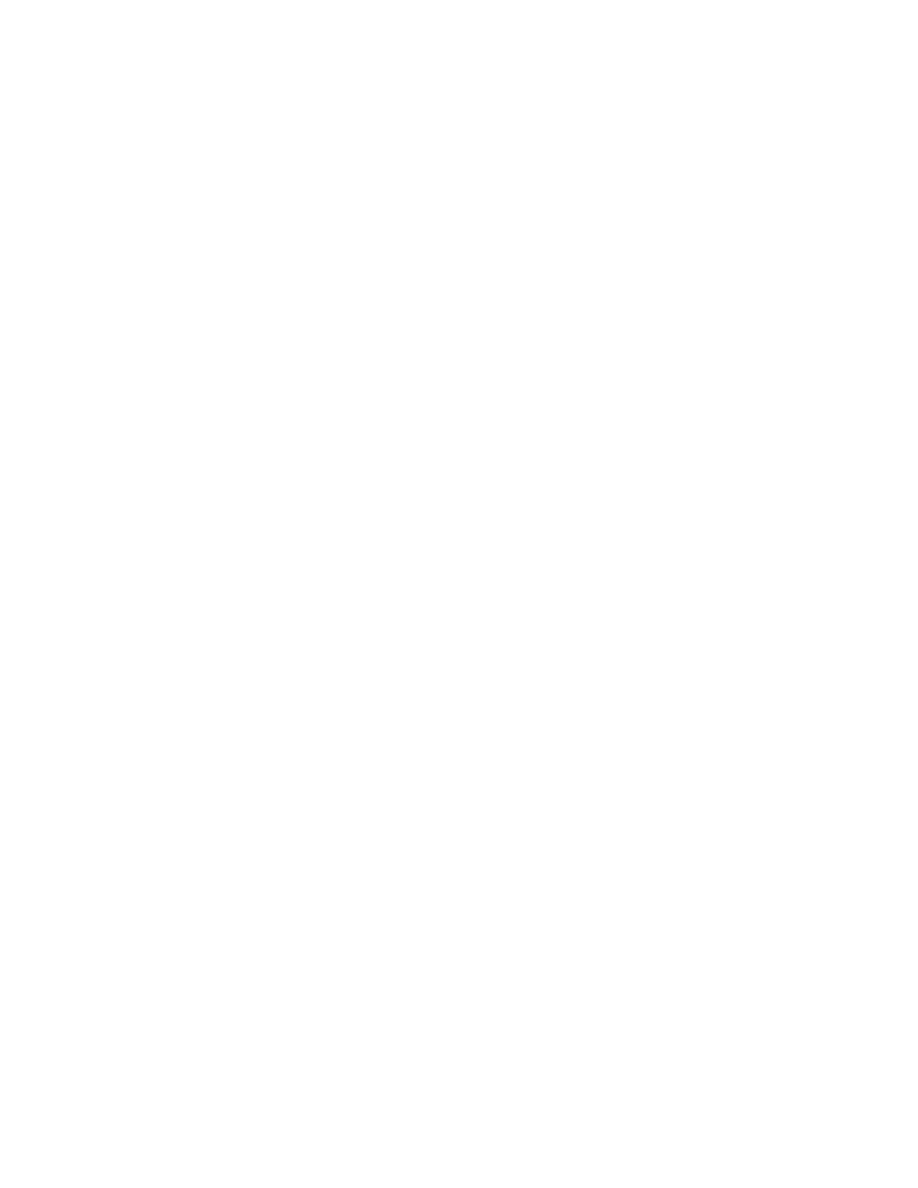Caravan FWD V6-201 3.3L VIN R MFI (1997)

Alignment: Service and Repair
Front Alignment
Caster & Camber
NOTE: All alignment specifications are to be checked and adjusted with the vehicle at its correct ride height.
GENERAL INFORMATION
Front suspension Caster and Camber settings on this vehicle are determined at the time the vehicle is designed. This is done by determining the
precise mounting location of the vehicle's suspension components throughout the design and assembly processes of the vehicle. This is called a
Net Build vehicle and results in no normal requirement to adjustment the Caster and Camber after a vehicle is built or when servicing the
suspension components. Thus Caster and Camber are not normally considered an adjustable specification when performing an alignment on this
vehicle. Though Caster and Camber are not adjustable they should be checked during the alignment procedure to ensure they meet the
manufacturers specifications.
PROCEDURE
If front camber does not meet the vehicle alignment specifications, it can be adjusted using a Mopar (R) Service Kit, or equivalent developed to
allow for camber adjustment. If a vehicle's front camber does not meet required specifications, the vehicles suspension components should be
inspected for any signs of damage or bending and the vehicle ride height should be checked to verify it is within required specification. This
inspection must be done before using the Mopar (R) Service Kit for setting camber to the vehicle specification.
CAUTION: Do not attempt to adjust the vehicles Caster or Camber by heating bending or by performing any other modification to the vehicle's
front suspension components.
1. Correctly position the vehicle on the alignment rack. Then install all required alignment equipment on the vehicle, per the alignment equipment
manufacturers specifications.
NOTE: Prior to reading each alignment specification, front and rear of vehicle should be jounced an equal number of times. Induce jounce
(rear first then front) by grasping center of bumper and jouncing each end of vehicle an equal number of times. Bumper should always be
released when vehicle is at the bottom of the jounce cycle.
2. Correctly jounce vehicle and then read the vehicle's current front and rear alignment settings. Compare the vehicle's current alignment settings
to the vehicle specifications for camber, caster and Toe-in.
-
If front and rear camber readings are within required specifications proceed to Setting Front Toe for the Toe-in adjustment procedure if
required. See: Toe Adjustment
-
If Camber readings are not within specifications refer to Setting Camber Adjustment and Cam Bolt Installation. See: Setting Camber
Adjustment and Cam Bolt Installation
Preliminary Inspection
Before any attempt is made to change or correct the wheel alignment factors. The following part inspection and the necessary corrections should
be made to those parts which influence the steering of the vehicle.
1. Check and inflate all tires to recommended pressure. All tires should be the same size and in good condition and have approximately the same
wear. Note the type of tread wear which will aid in diagnosing, refer to Tires.
2. Check front wheel and tire assembly for radial runout.
3. Inspect lower ball joints and all steering linkage for looseness.
4. Check for broken or sagged front and rear springs.
5. Check vehicle ride height to verify it is within specifications.
6. Alignment MUST only be checked after the vehicle has the following areas inspected and or adjusted. Recommended tire pressures, full tank
of fuel, no passenger or luggage compartment load and is on a level floor or a properly calibrated alignment rack.
Setting Camber Adjustment and Cam Bolt Installation
1. If the front camber readings obtained are not within the vehicle's specifications, use the following procedure and the Mopar (R) Clevis Bolt Service
Kit, or equivalent to provide camber adjustment. The kit contains 2 flange bolts, 2 cam bolts, and 2 dog bone washers. These components of the
service kit are necessary to assemble the strut to the steering knuckle, after modification of the strut clevis bracket.
2. Verify that the strut and steering knuckle are not bent or otherwise damaged. If either component is bent or show other signs of damage, replace
required components and check the camber setting again.
3. If no component is bent or damaged, use the following procedure for modifying the strut clevis bracket and adjusting the camber setting.
4. Raise front of vehicle until tires are not supporting the weight of the vehicle. Then remove wheel and tire assembly from the location on the vehicle
requiring the strut to be modified.
CAUTIONS:
-
When removing the steering knuckle from the strut clevis bracket, do not put a strain on the brake flex hose. Also, do not let the weight of the
steering knuckle assembly be supported by the brake flex hose when removed from the strut assembly. If necessary use a wire hanger to support
the steering knuckle assembly or if required remove the brake flex hose from the caliper assembly.
